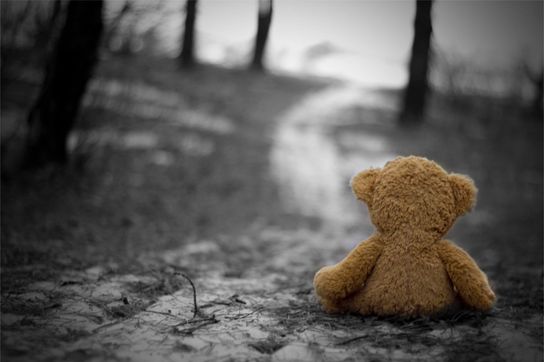It features in many of the books that have dominated children’s bestseller lists over the past decade – The Hunger Games, Harry Potter and the Maze Runner trilogies all contain it in abundance. But how much should death be present in children’s fiction? And is there a right way to handle the subject?
Winston’s Wish, the childhood bereavement charity has estimated that 45,000 children are bereaved of a parent or sibling every single year in the UK. It’s a subject that is difficult to deal with for both the teachers and friends of the affected child, because bereavement is a subject that isn’t commonly spoken about between children.
I would argue that the inclusion of the death of a loved one in children’s books is vital, because, if nothing more, it demonstrates to a bereaved child that others have gone through similar emotions. At the same time it can help its peers to understand their situation and hopefully to react to it more appropriately.
Books such as Patrick Ness’ A Monster Calls and Annabel Pitcher’s My Sister Lives on the Mantelpiece both tackle loss in a poignant way, devoting a lot of attention to the changing nature of the central character’s emotions.
You then get into the tricky territory of books in which death is prevalent and the plot is so action-packed that there isn’t time to dwell on the emotions that it generates amongst those that remain. I completely understand why the authors have presented it in the way they have – the narrative wouldn’t work if you slowed it down to examine the grief that follows death. But I feel that it’s important to at least acknowledge it. James Dashner does this very effectively in the first book of the Maze Runner, in which the protagonist Thomas continues to think about his friend Chuck, long after he has died.
But however well described the reaction to death, most narratives tell only a small part of the story. All too often, dying in fiction is connected with a sense of heroism or a desire for avengement, whilst in reality this is rarely the case, as grief takes over the lives of those closest to the person that has passed away. Of course, there’s no golden solution other than to encourage children to read widely and in doing so, engage with the subject from a range of very different angles.

